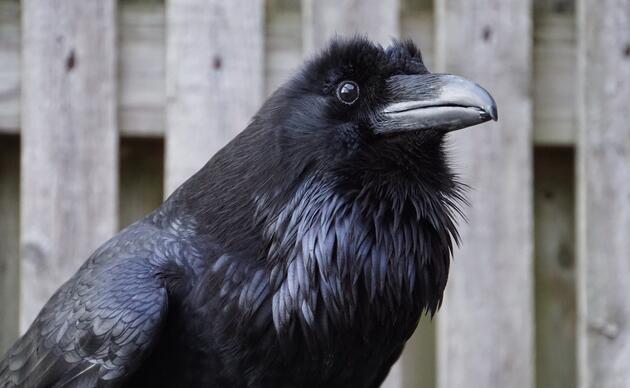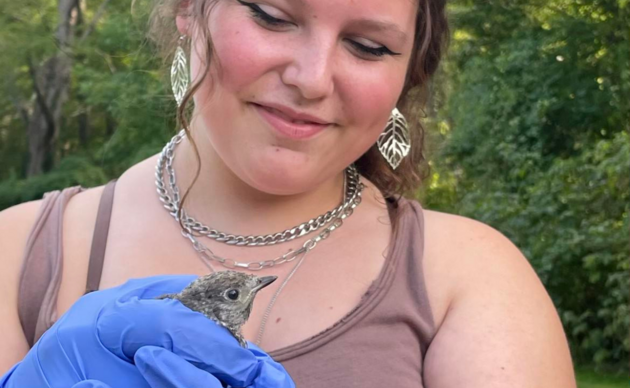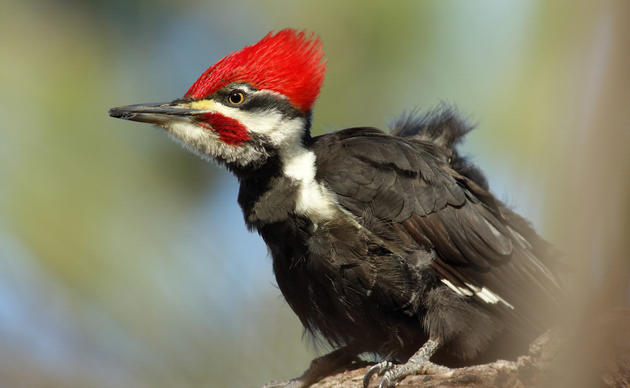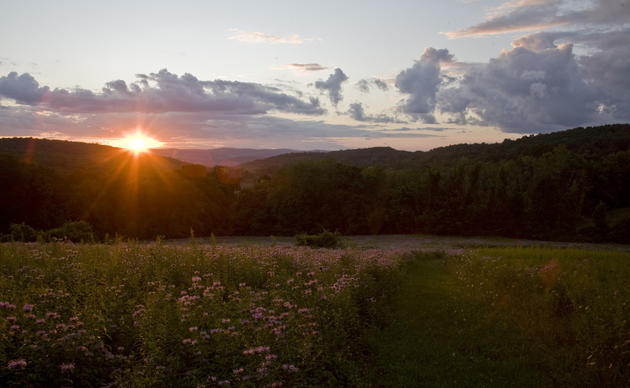Barred Owl: Sophia
Brought to Sharon Audubon Center: May 9, 2004
Sex: Female
Injury: Imprint
History: Sophia was found around Branford, Connecticut. She was extremely thin, weak, and very sick. After months of recovery from her illness, the wildlife rehabilitator who was caring for her decided the bird was not going to be releasable. The owl was gentle and friendly and seemed to love the company of any human presence. Our best theory about this bird is that she had been raised as a pet by humans, and then released back into the wild. Being dependent on humans for survival, the bird was unable to find a sufficient amount of food and was starving to death. Luckily, she was found by a caring individual who took her to a licensed rehabilitator who could give her the care she needed. Because of Sophia’s soft, caring demeanor, she is a favorite among children and adults at education programs.
Barred Owl: Eulen
Brought to Sharon Audubon Center: December 1999
Sex: Male
Injury: Wing injury, cannot sustain flight
History: Eulen (pronounced Yule-en), whose name means "owls" in German, arrived at the center in 1999 with an old injury. It was never determined what caused the injury, but his wing had been previously dislocated and healed out of the socket. Because of this, Eulen is not strong enough to sustain flight.
Barred Owl (Strix varia)
Average Height: 16 - 24 inches
Average Weight: 1.5 - 2 lbs
Wingspan: 3 - 4 feet
Life Span: 10 - 15 years in the wild, up to 30 years in captivity
Description: The Barred Owl is a large brown owl without "ear tufts." Adults have dark vertical streaking on the chest and belly and white underparts with brown barring in the neck. The Barred Owl has dark brown eyes.
Call: The most common sound of the Barred Owl is "hoo HOO hoo hoo, hoo HOO hoo hooaaahhhhh." This is often interpreted as "Who-cooks-for-you, who-cooks-for-you-all?" Barred Owls have many vocalizations, however, and also include a "bark."
Range: Barred Owls are found throughout the Eastern and Midwestern United States, as well as in the Northwestern states such as Washington and Oregon, and in Canada. It is a very common owl in Connecticut.
Habitat: Barred Owls prefer dense conifer or mixed coniferous and deciduous forests, wooded swamps, and river valleys.
Diet: The diet of Barred Owls consists mostly of mice, but also includes squirrels, rabbits, smaller birds, crayfish, amphibians, reptiles, and insects.
How you can help, right now
Learn & Explore
Where birds thrive, people prosper. Help us transform local communities into places where birds flourish. Learn what you can do to nurture wildlife, nature, and conservation in Connecticut.
Support Our Work
Through land stewardship, science, education, and advocacy, we work to preserve habitat and protect bird species that are of state, national, and global concern. Your gift makes a difference.
Join Our Family
When you become a member of Sharon Audubon Center, you are protecting critical woodlands and a natural heritage for generations to come. Help us do great things.





